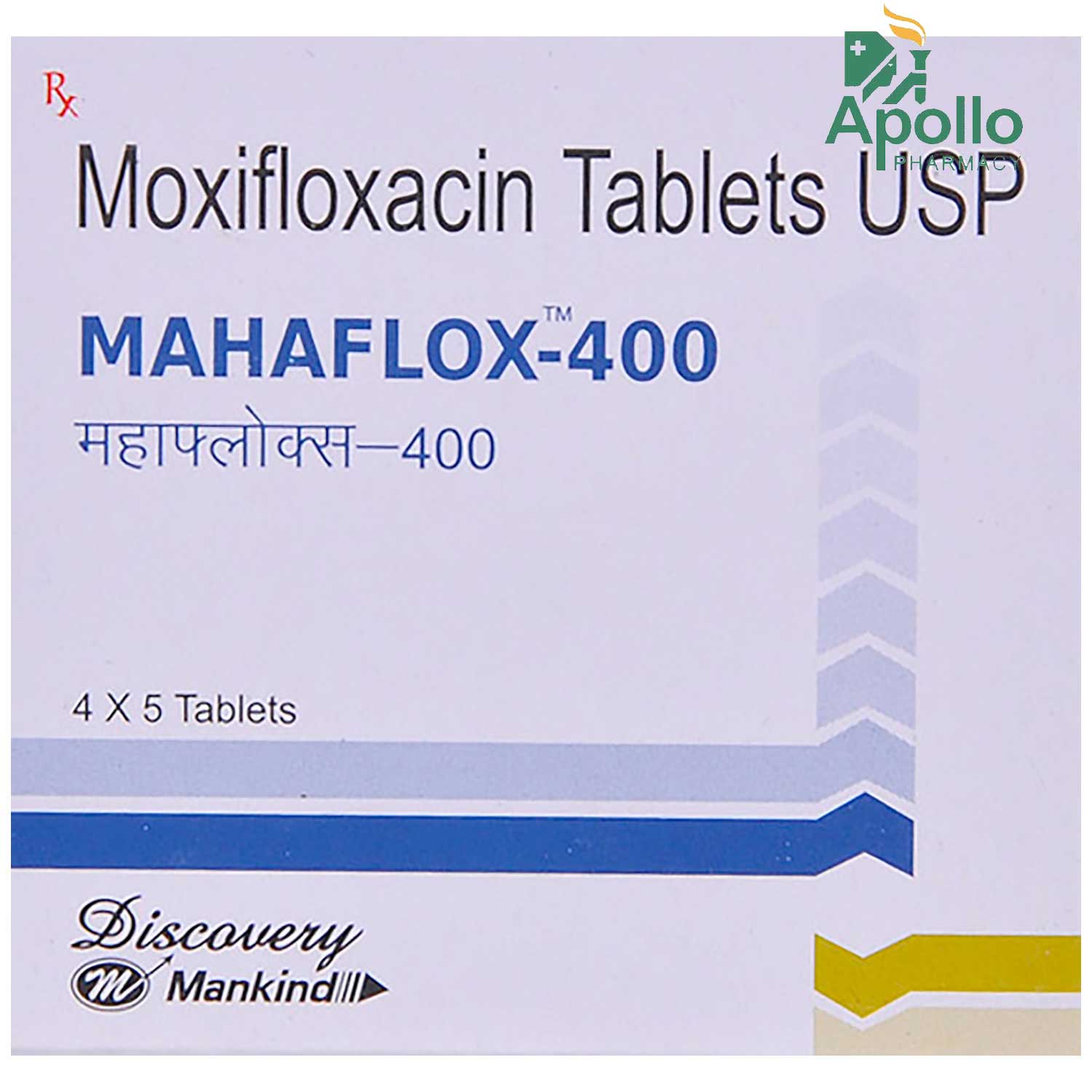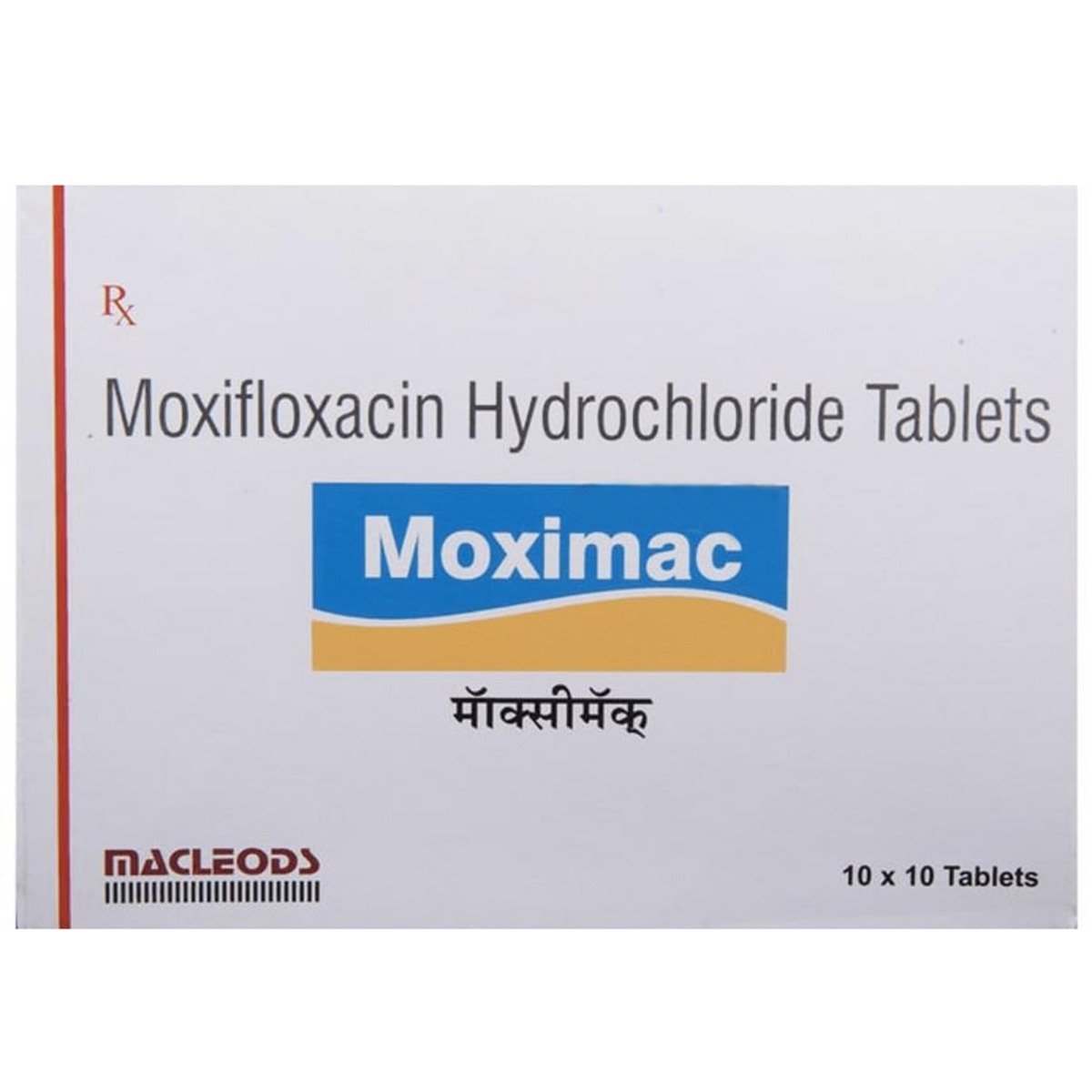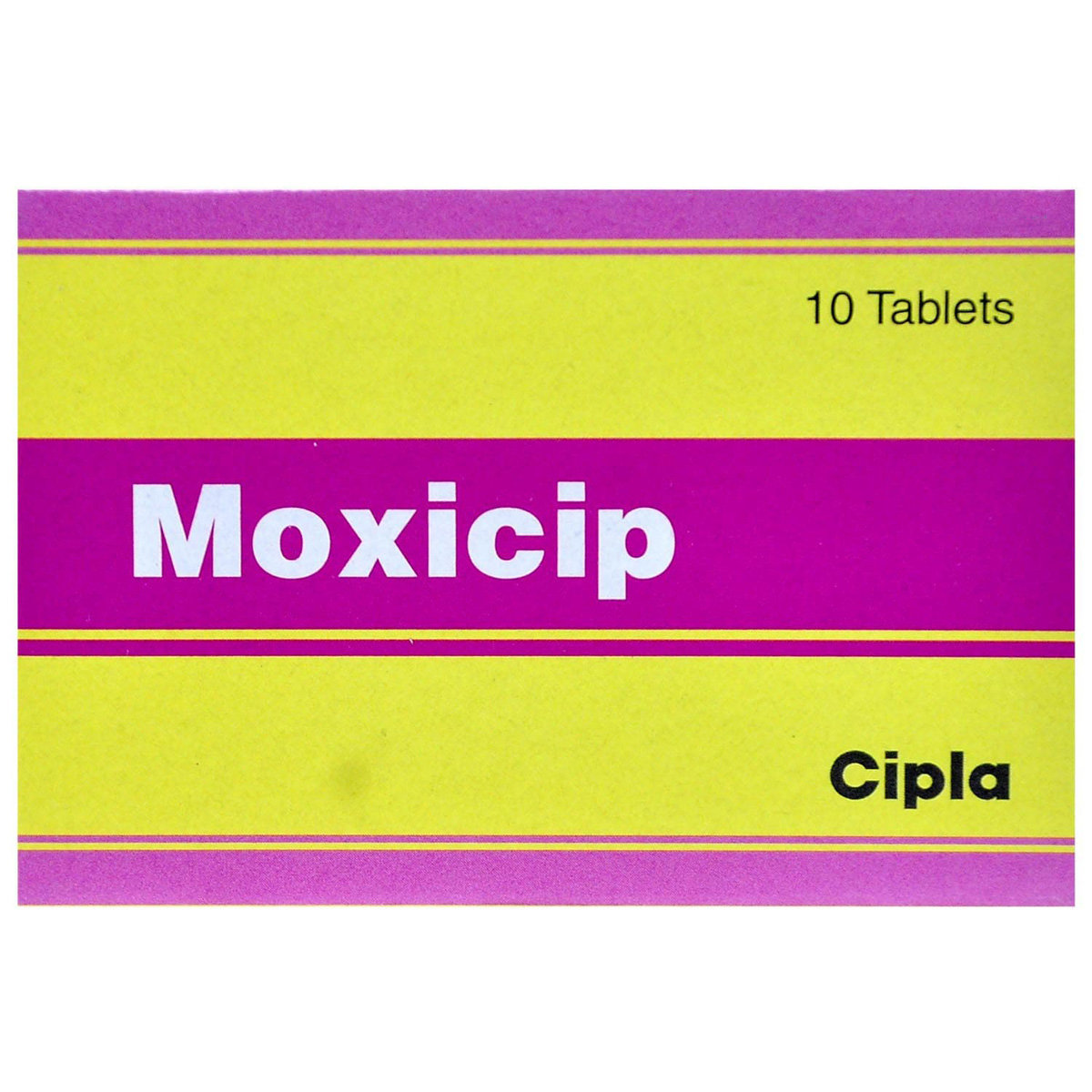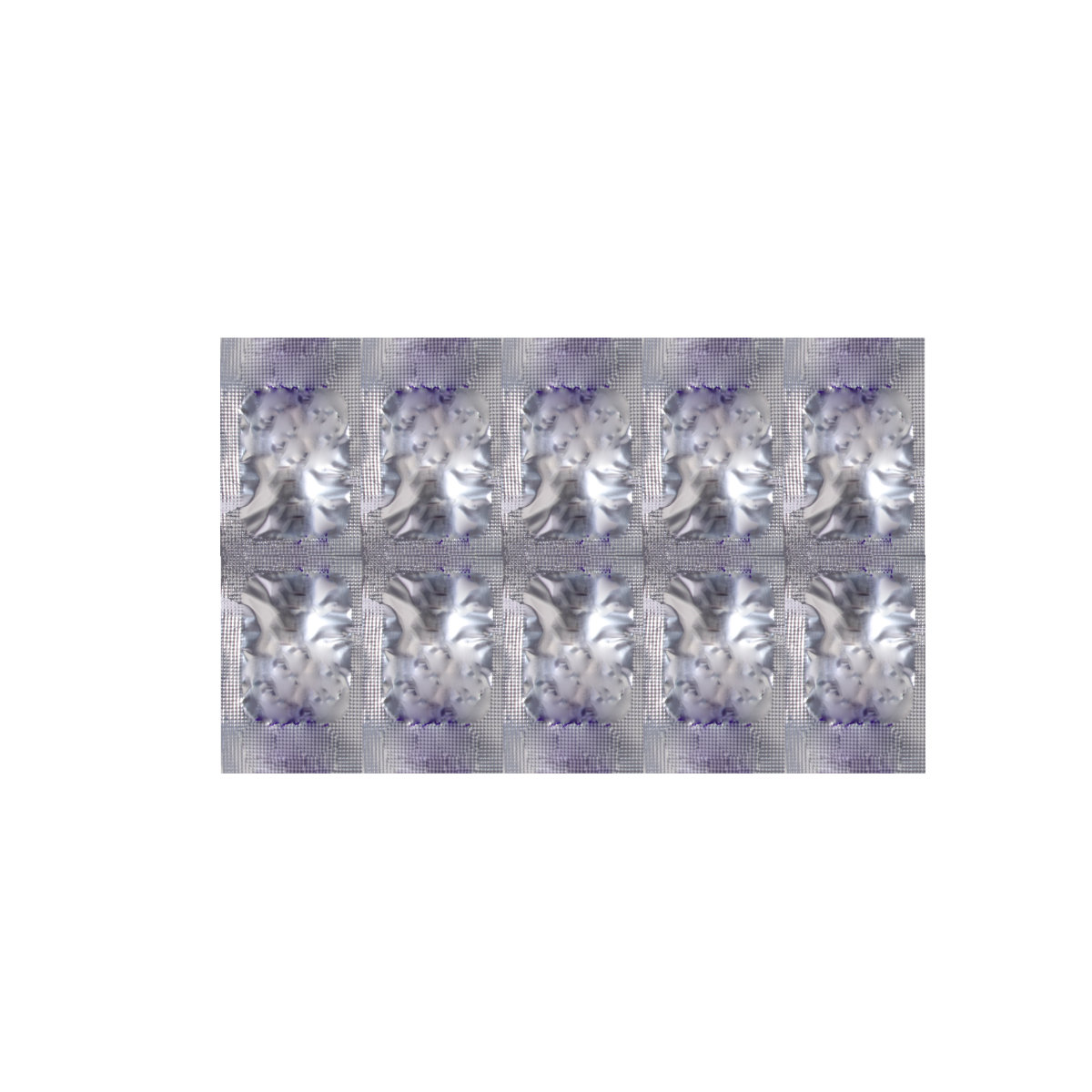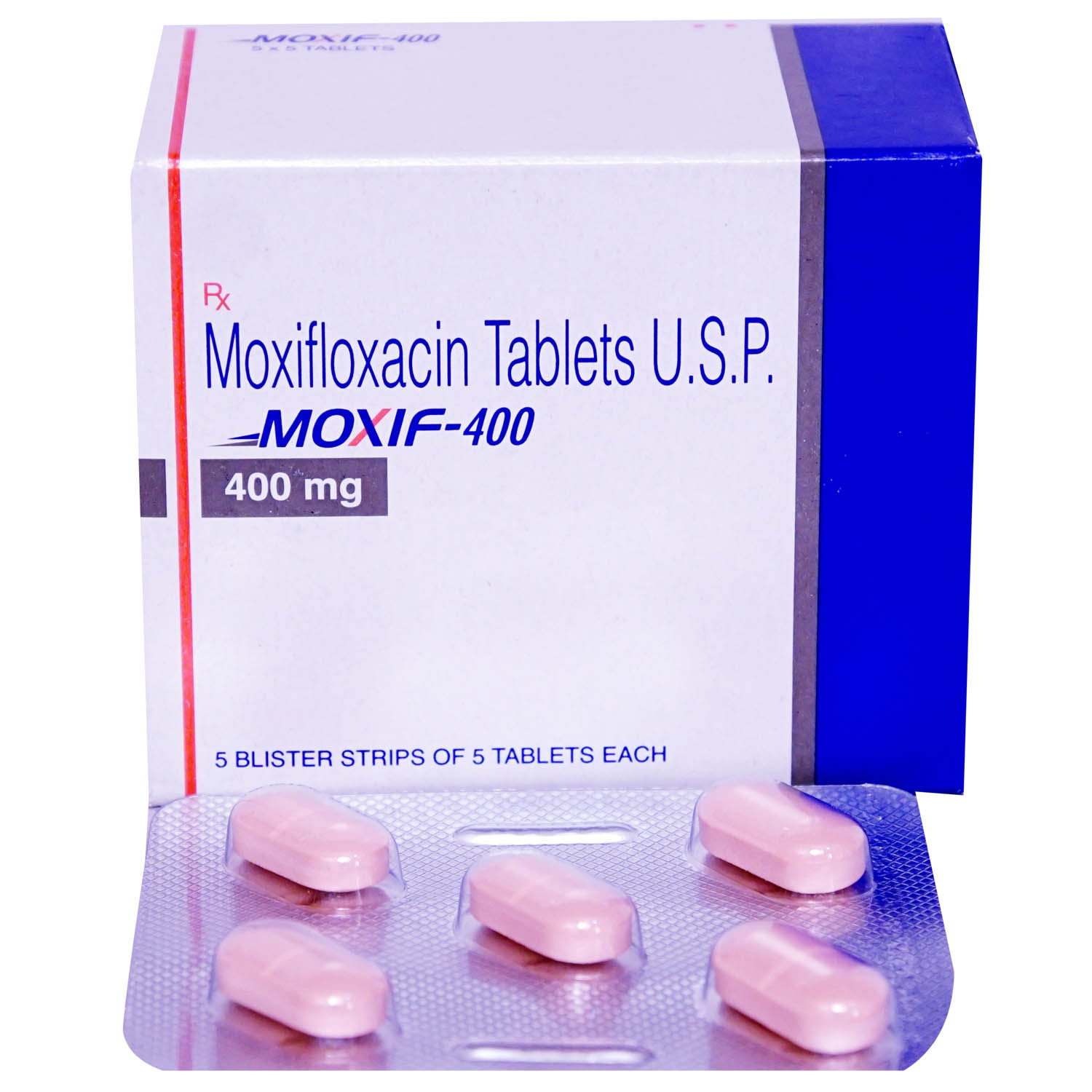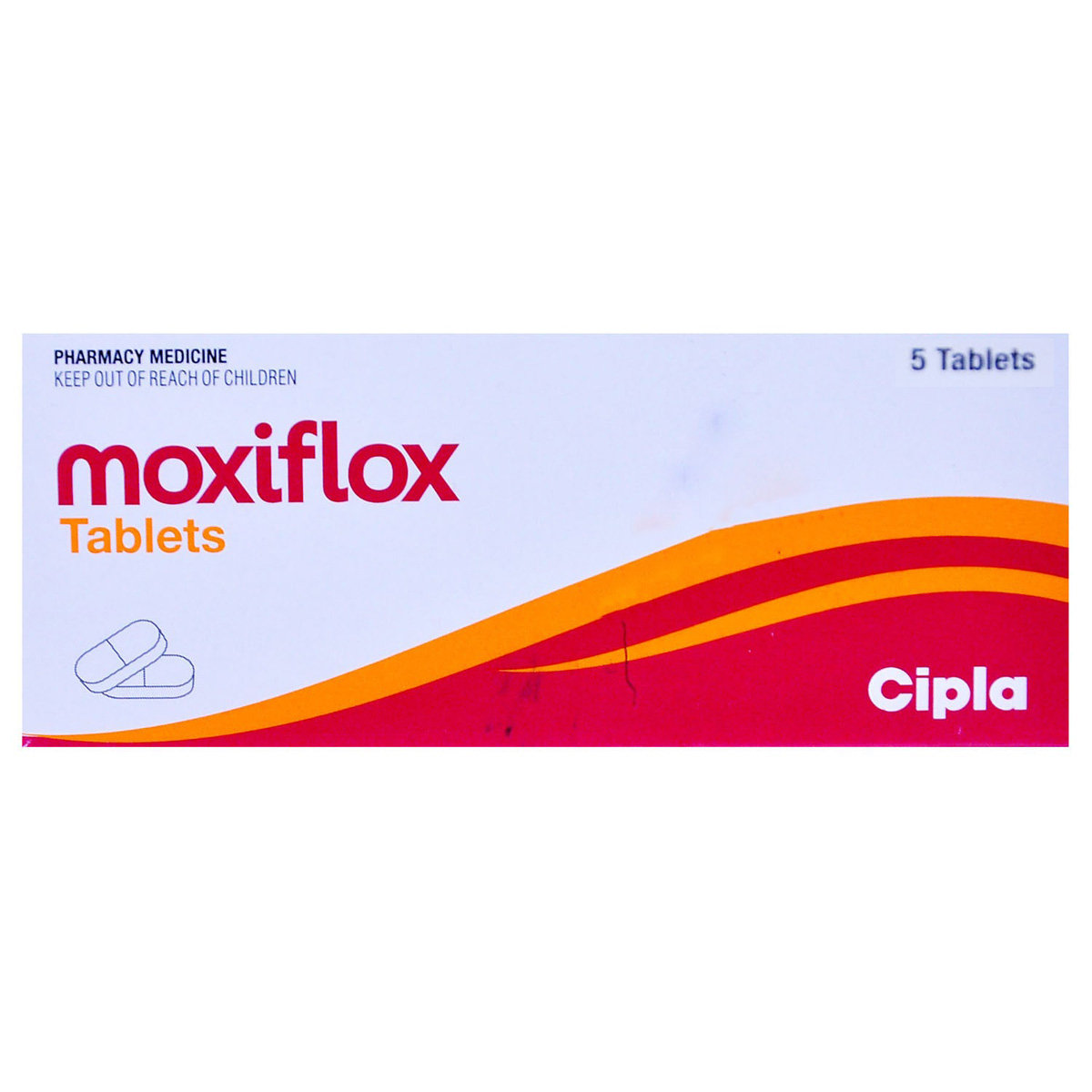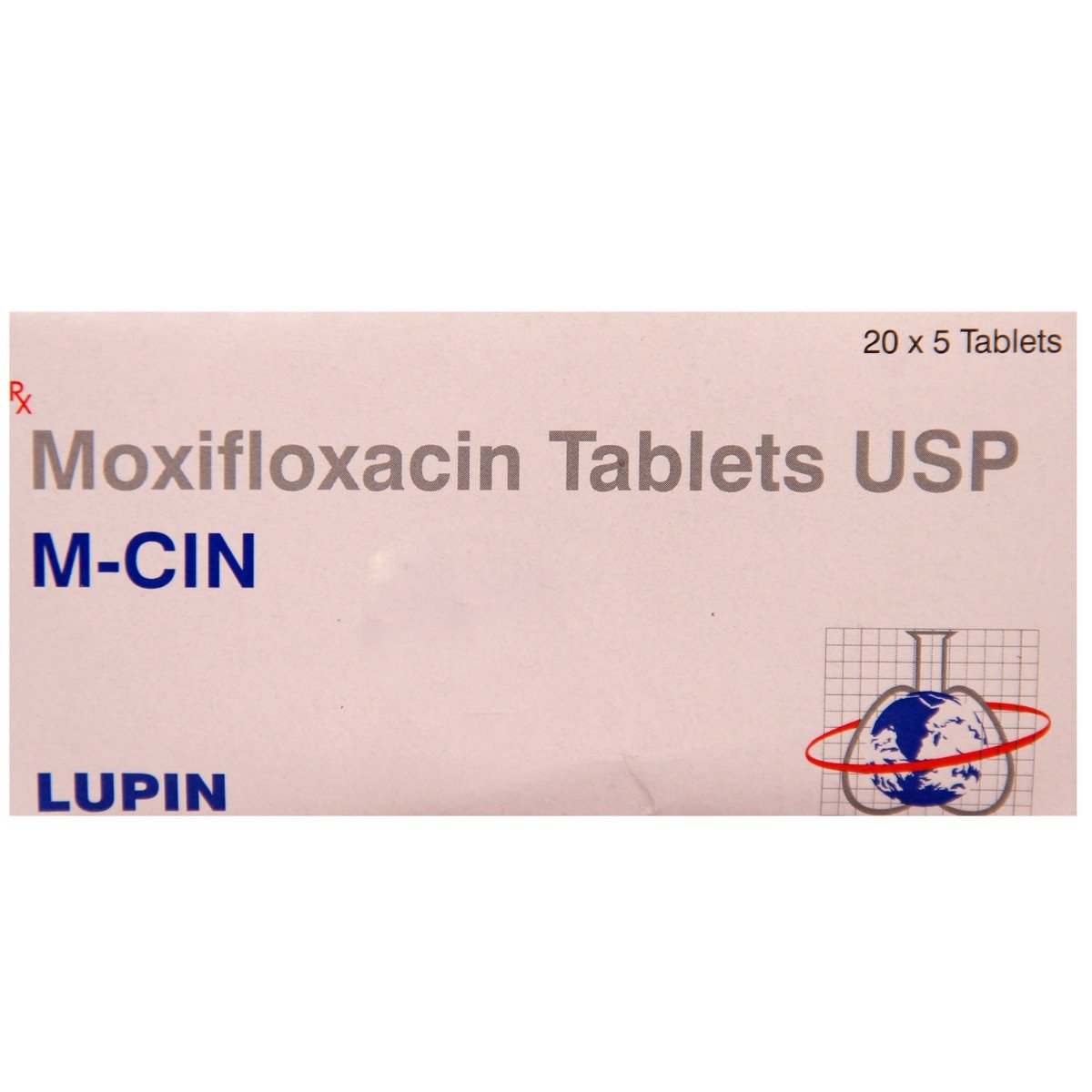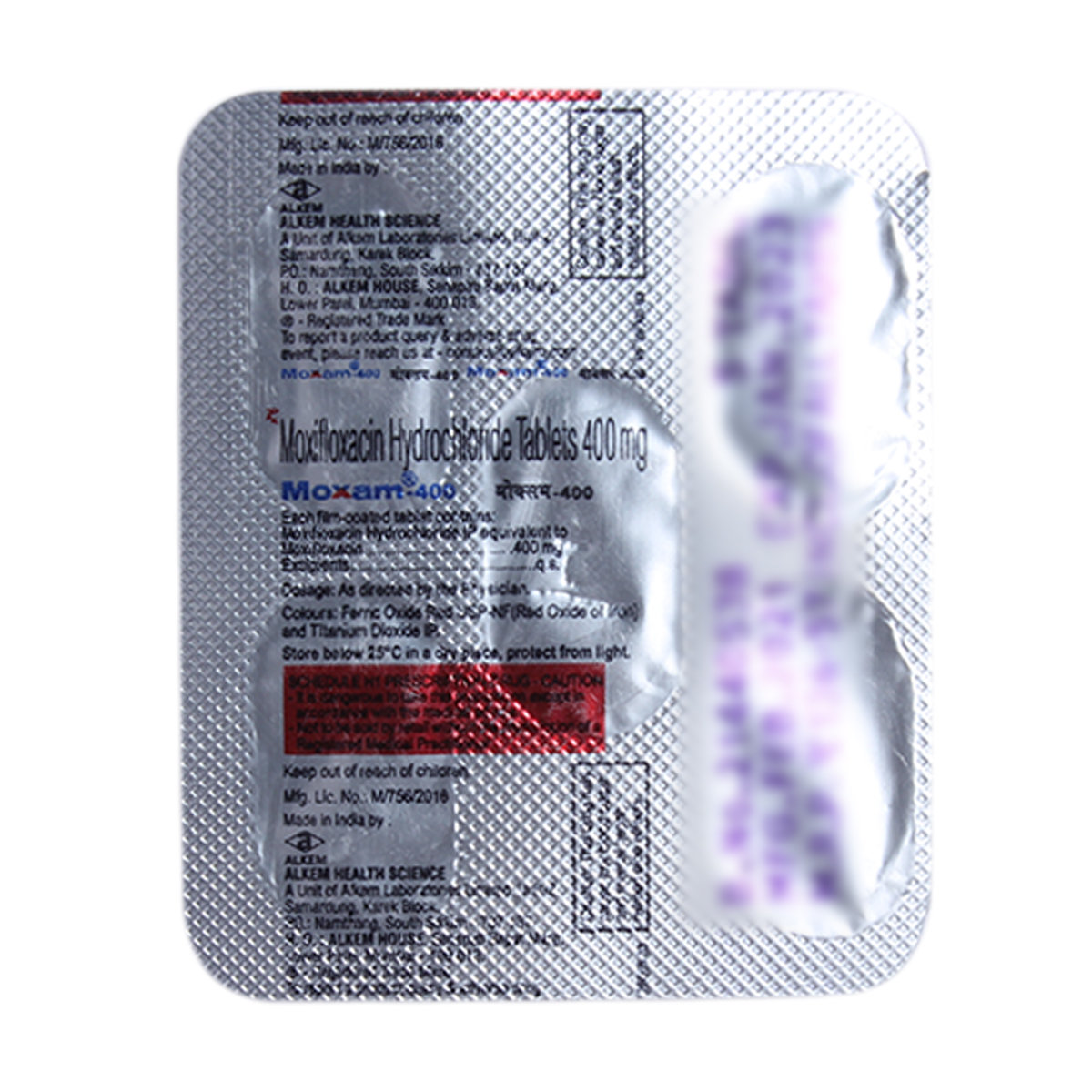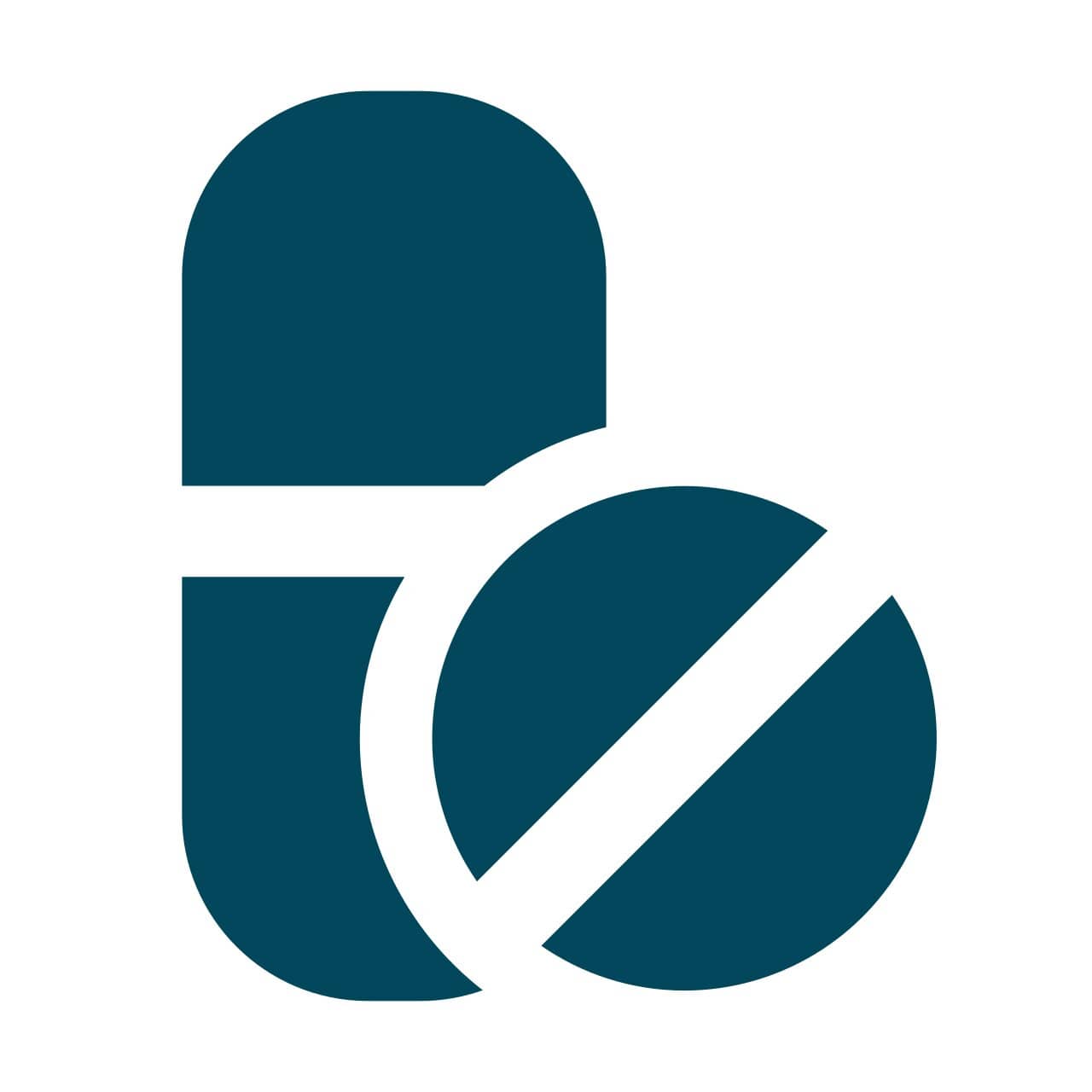Floxsafe 400 mg Tablet 10's
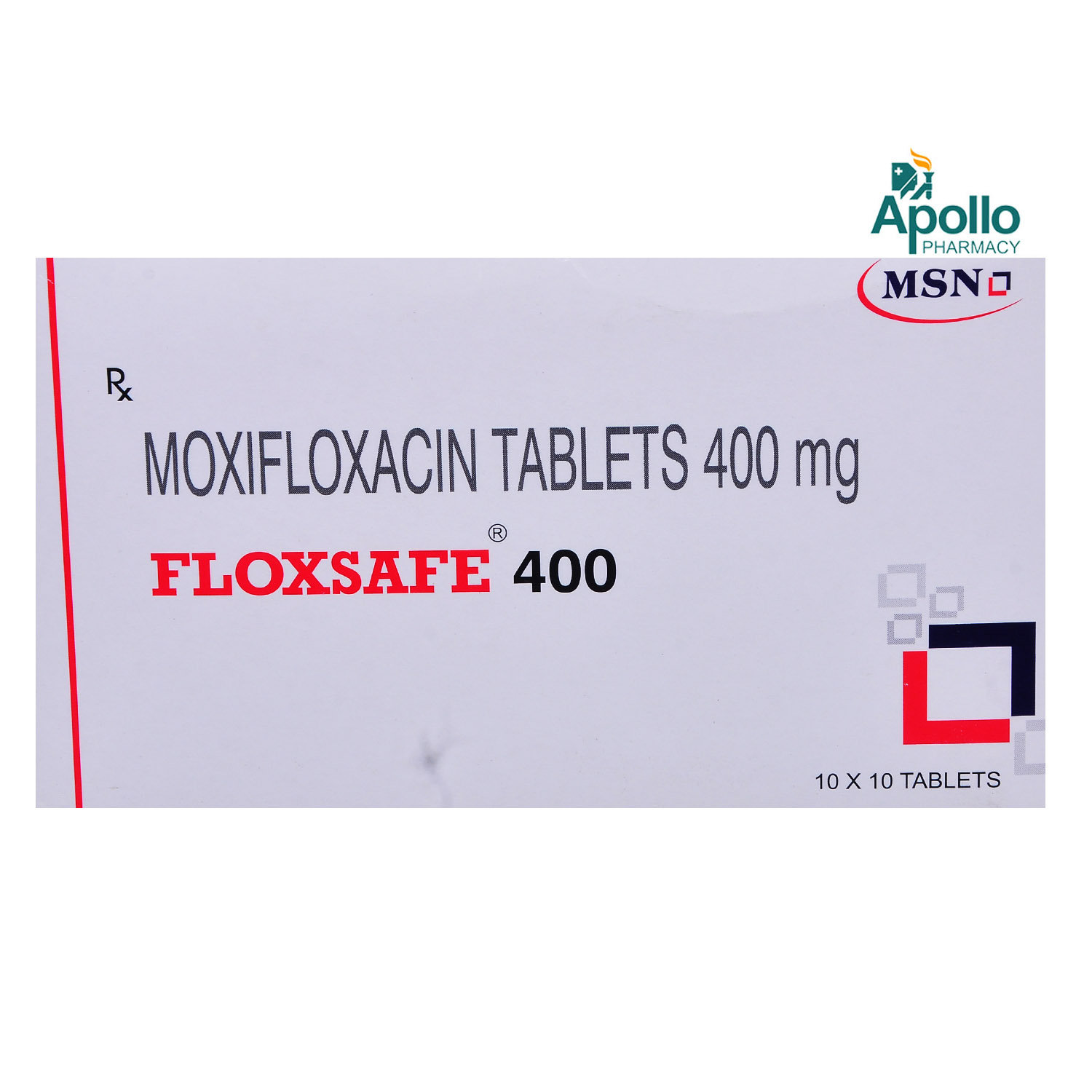
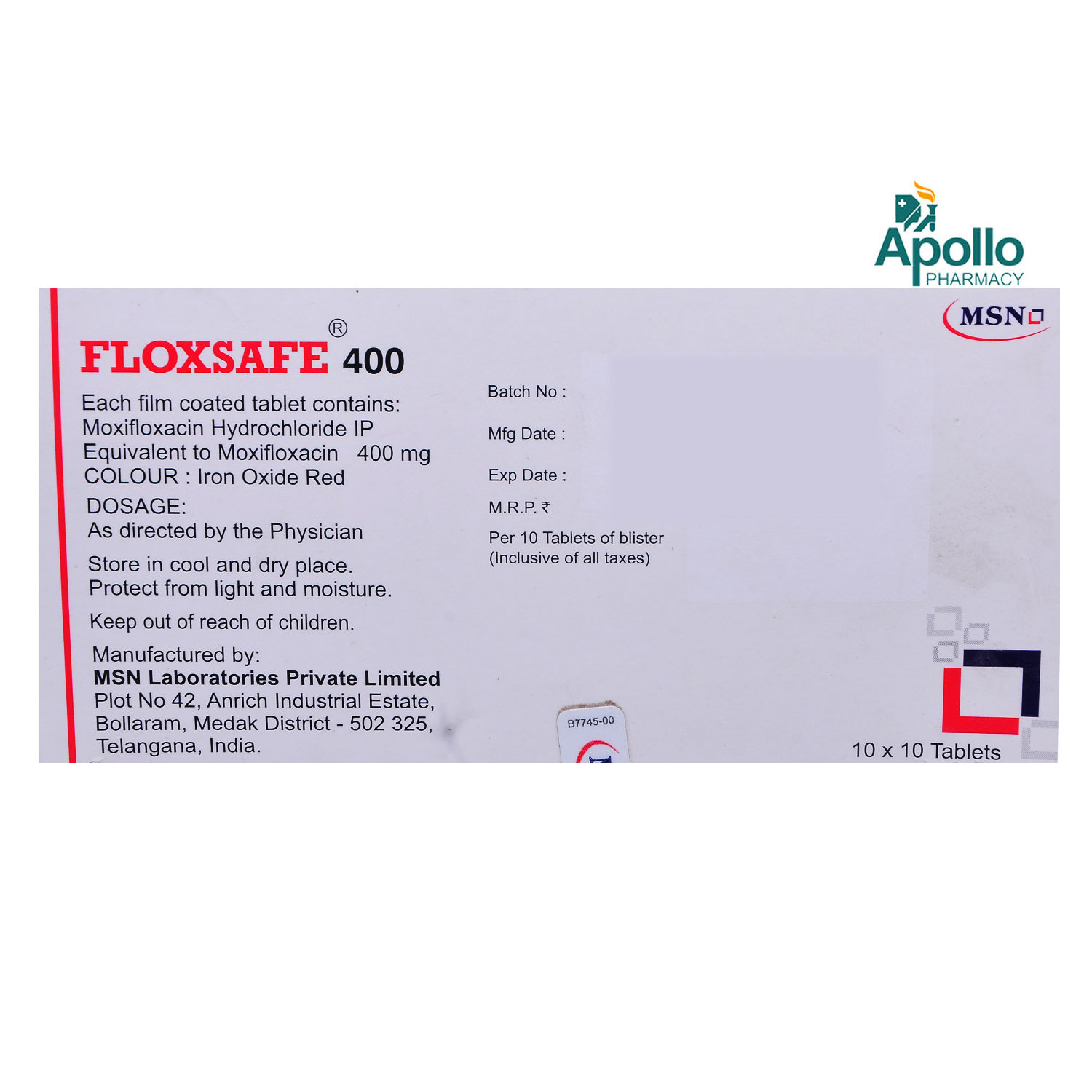
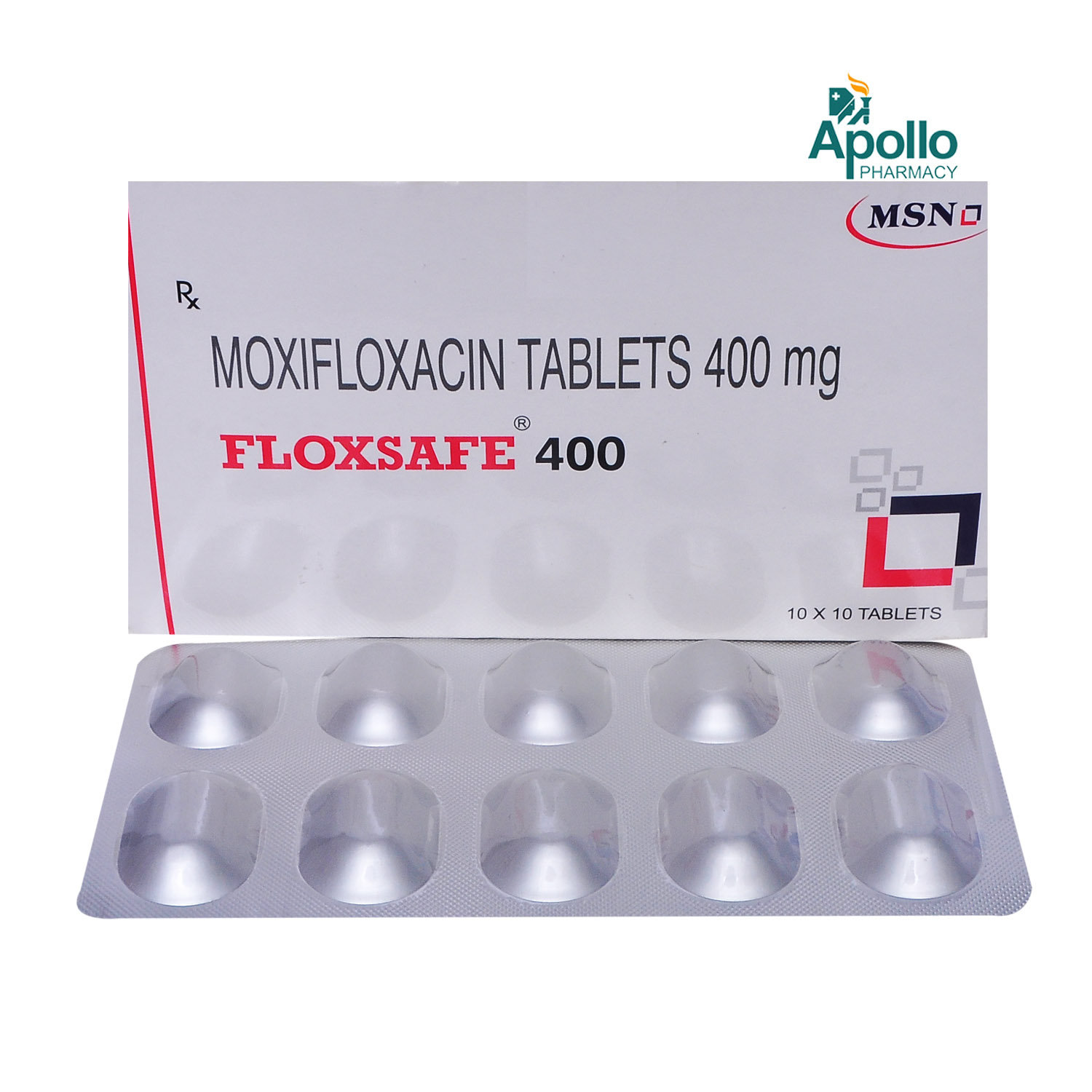

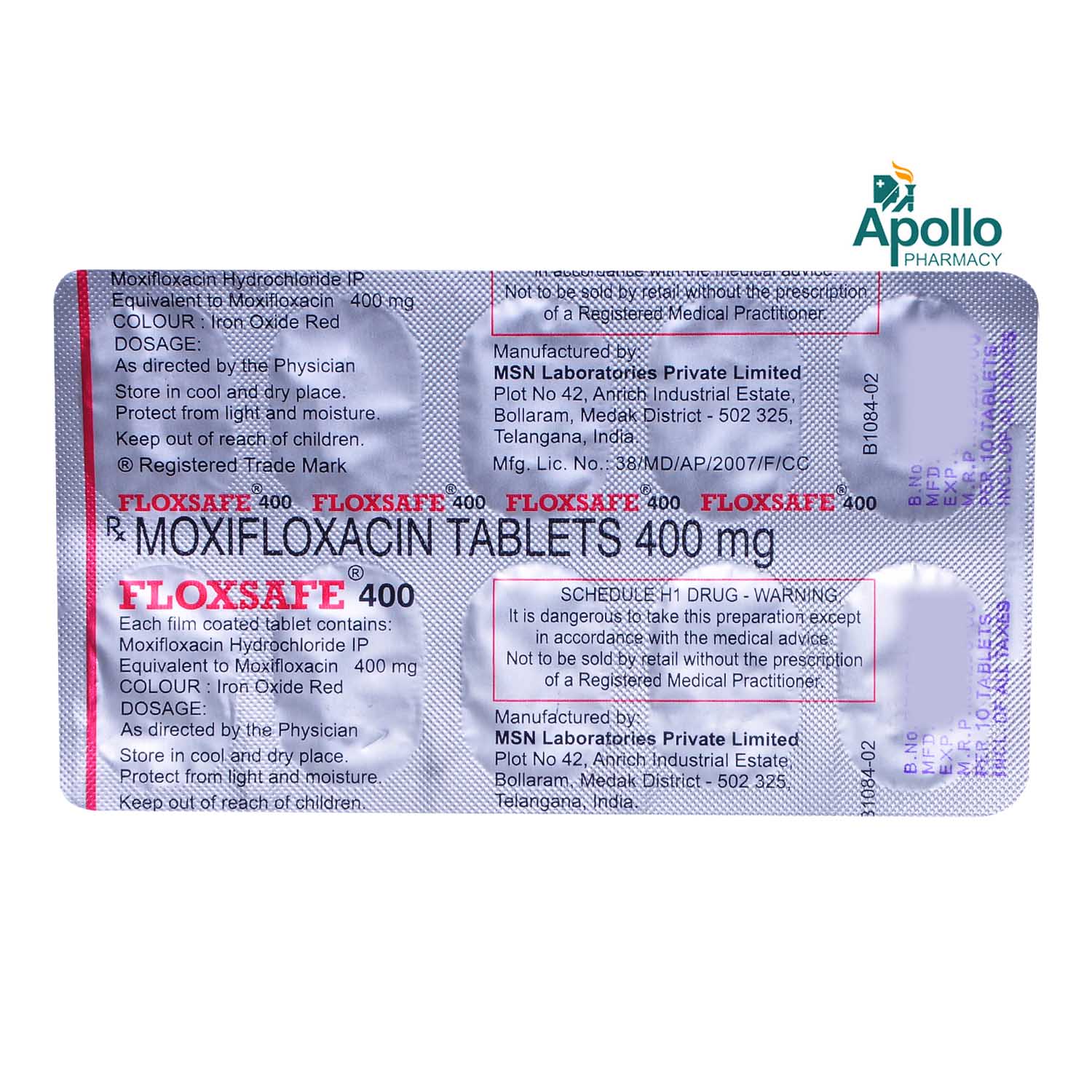



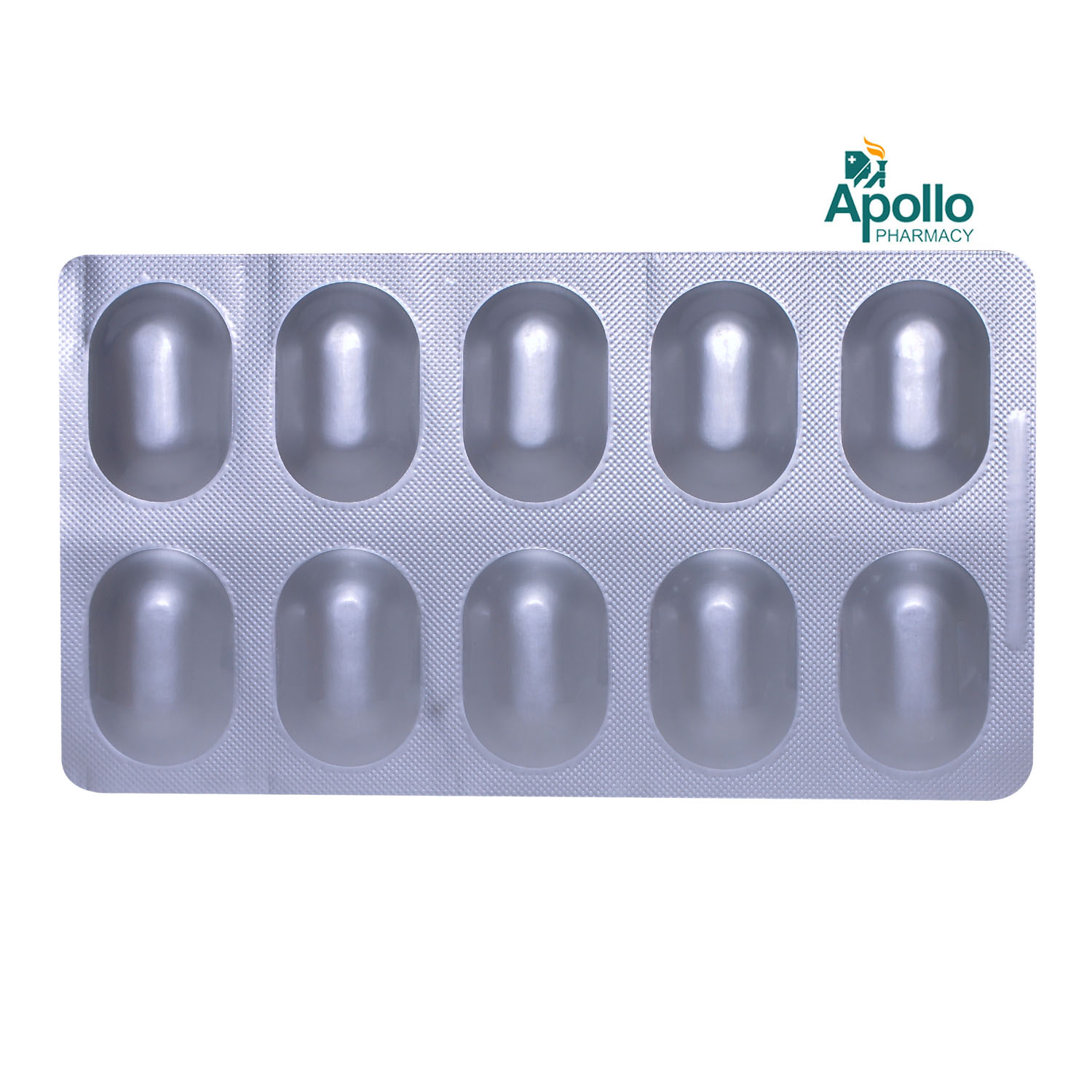

MRP ₹268
(Inclusive of all Taxes)
₹40.2 Cashback (15%)
Provide Delivery Location
Online payment accepted
 Prescription drug
Prescription drugWhats That
Composition :
Manufacturer/Marketer :
Consume Type :
Return Policy :
Expires on or after :
NPPA :
About Floxsafe 400 mg Tablet
Floxsafe 400 mg Tablet belongs to the class of 'antibiotics', primarily taken to treat bacterial infections. A bacterial infection is a condition in which bacteria grow in the body and cause infection. It can target any body part and multiple very quickly.
Floxsafe 400 mg Tablet contains Moxifloxacin, which acts as a bactericidal agent that kills bacteria causing a wide range of infections. It works by stopping a bacteria's ability to copy their genetic material (DNA) which ultimately kills bacteria and stops them from reproducing.
Floxsafe 400 mg Tablet should be taken in the dose and duration as advised by your doctor. It is advised to take with food and should be taken at a fixed time to achieve maximum effect. In some cases, you may experience common side effects like nausea, vomiting, stomach pain, loss of appetite, dizziness, and headache. Most of these side effects do not require medical attention and gradually resolve over time. However, if the side effects are persistent, reach out to your doctor.
It is not advisable to stop this medicine suddenly to avoid unpleasant side effects. Inform your doctor if you have any lung disease, muscle weakness (myasthenia gravis), sleeping disorder or difficulty in sleeping (sleep apnoea), severe liver disease, or problem with alcohol or other prescription recreational drugs. Inform your doctor if you are planning to get pregnant, are pregnant or breastfeeding. Floxsafe 400 mg Tablet may cause dizziness affecting your ability to drive; hence, drive only when you are alert. Avoid alcohol consumption since it may lead to increased dizziness.
Uses of Floxsafe 400 mg Tablet
Directions for Use
Medicinal Benefits
Floxsafe 400 mg Tablet is a bactericidal agent that kills bacteria, causing a wide range of infections. It works by stopping a bacteria's ability to copy their genetic material (DNA) which ultimately kills bacteria and prevents them from reproducing which treats your infection. It is a broad-spectrum antibiotic effective against a wide range of gram-positive, gram-negative, and anaerobic bacteria (that live without oxygen).
Storage
- Inform your doctor about the nausea and discuss possible alternatives to the medication or adjustments to the dosage.
- Divide your daily food intake into smaller, more frequent meals to reduce nausea.
- Opt for bland, easily digestible foods like crackers, toast, plain rice, bananas, and applesauce.
- Avoid certain foods that can trigger nausea, such as fatty, greasy, spicy, and smelly foods.
- Drink plenty of fluids, such as water, clear broth, or electrolyte-rich beverages like coconut water or sports drinks.
- Use ginger (tea, ale, or candies) to help relieve nausea.
- Get adequate rest and also avoid strenuous activities that can worsen nausea.
- Talk to your doctor about taking anti-nausea medication if your nausea is severe.
- Record when your nausea occurs, what triggers it, and what provides relief to help you identify patterns and manage your symptoms more effectively.
- Inform Your Doctor: Notify your doctor immediately about your diarrhoea symptoms. This allows them to adjust your medication or provide guidance on managing side effects.
- Stay Hydrated: Drink plenty of fluids to replace lost water and electrolytes. Choose water, clear broth, and electrolyte-rich drinks. Avoid carbonated or caffeinated beverages to effectively rehydrate your body.
- Follow a Bland Diet: Eat easy-to-digest foods to help firm up your stool and settle your stomach. Try incorporating bananas, rice, applesauce, toast, plain crackers, and boiled vegetables into your diet.
- Avoid Trigger Foods: Steer clear of foods that can worsen diarrhoea, such as spicy, fatty, or greasy foods, high-fibre foods, and dairy products (especially if you're lactose intolerant).
- Practice Good Hygiene: Maintain good hygiene to prevent the spread of infection. To stay healthy, wash your hands frequently, clean and disinfect surfaces regularly, and avoid exchanging personal belongings with others.
- Take Anti-Diarrheal Medications: If your doctor advises, anti-diarrheal medications such as loperamide might help manage diarrhoea symptoms. Always follow your doctor's directions.
- Keep track of your diarrhoea symptoms. If they don't get better or worse or are accompanied by severe stomach pain, blood, or dehydration signs (like extreme thirst or dark urine), seek medical help.
- Hydrate your body: Drink enough water to prevent dehydration and headaches.
- Calm Your Mind: Deep breathing and meditation can help you relax and relieve stress.
- Rest and Recharge: Sleep for 7-8 hours to reduce headache triggers.
- Take rest: lie down in a quiet, dark environment.
- Cold or warm compresses can help reduce tension.
- Stay Upright: Maintain good posture to keep symptoms from getting worse.
- To treat headaches naturally, try acupuncture or massage therapy.
- Over-the-counter pain relievers include acetaminophen and ibuprofen.
- Prescription Assistance: Speak with your doctor about more substantial drug alternatives.
- Severe Headaches: Seek emergency medical assistance for sudden, severe headaches.
- Frequent Headaches: If you get reoccurring headaches, consult your doctor.
- Headaches with Symptoms: Seek medical attention if your headaches include fever, disorientation, or weakness.
- Talk to your doctor about oral potassium supplements.
- Eat potassium rich foods such as bananas, avocados, oranges, dark leafy greens, beans and peas, fish, spinach, milk and tomatoes.
- Preventing Vomiting (Before it Happens)
- Take medication exactly as prescribed by your doctor. This can help minimize side effects, including vomiting.
- Having a small meal before taking your medication can help reduce nausea and vomiting.
- Talk to your doctor about taking anti-nausea medication along with your prescribed medication.
- Managing Vomiting (If it Happens)
- Try taking ginger in the form of tea, ale, or candy to help alleviate nausea and vomiting.
- What to Do if Vomiting Persists
- Consult your doctor if vomiting continues or worsens, consult the doctor for guidance on adjusting your medication or additional treatment.
- Inform your doctor about your constipation symptoms. They may adjust your medication or advise alternative treatments.
- Stay hydrated by drinking sufficient of water (at least 8-10 glasses a day) to help soften stool and promote bowel movements.
- Increase fibre intake by eating foods high in fibre, such as fruits, whole grains, vegetables and legumes, to help bulk up the stool.
- Establish a bowel routine by trying to go to the bathroom at the same time each day to train your bowels.
- Engaging in regular exercise, like walking or yoga, can support in bowel movement stimulation.
- Consult your doctor if constipation persists, and discuss alternative treatments or adjustments to your medication.
Drug Warnings
Floxsafe 400 mg Tablet should be taken with caution if you are allergic to any antibiotics or moxifloxacin. Let your doctor know if you have tendon/bone problems, heart problems, high blood pressure, diabetes, myasthenia gravis, liver or kidney diseases before starting Floxsafe 400 mg Tablet . Floxsafe 400 mg Tablet is not recommended during pregnancy. Inform your doctor in advance if you are a breastfeeding mother before starting Floxsafe 400 mg Tablet . Floxsafe 400 mg Tablet may cause dizziness affecting your ability to drive; hence, drive only when you are alert. Avoid alcohol consumption since it may lead to increased dizziness. Floxsafe 400 mg Tablet is not recommended for children and adolescents under the age of 18.
Drug-Drug Interactions
Drug-Drug Interactions
Login/Sign Up
Using Floxsafe 400 mg Tablet with Ziprasidone can increase the risk of irregular heart rhythm.
How to manage the interaction:
Taking Floxsafe 400 mg Tablet with Ziprasidone is not recommended as it can lead to an interaction; it can be taken together if prescribed by a doctor. However, consult your doctor if you experience sudden dizziness, lightheadedness, fainting, shortness of breath. Do not discontinue any medications without consulting a doctor.
Taking Amiodarone and Floxsafe 400 mg Tablet may significantly raise the risk of an abnormal heart rhythm.
How to manage the interaction:
Taking Amiodarone and Floxsafe 400 mg Tablet is not recommended as it can lead to an interaction; it can be taken if advised by a doctor. If you get dizziness, or fast or racing heartbeats, consult a doctor. Do not stop taking any medications without visiting a doctor.
Using quinidine together with Floxsafe 400 mg Tablet can increase the risk of an irregular heart rhythm.
How to manage the interaction:
Taking Floxsafe 400 mg Tablet with Quinidine can cause an interaction, consult a doctor before taking it. You should seek immediate medical attention if you develop sudden dizziness, lightheadedness, fainting, or fast or pounding heartbeats. Do not stop using any medications without talking to a doctor.
Using procainamide together with Floxsafe 400 mg Tablet can increase the risk of an irregular heart rhythm.
How to manage the interaction:
Taking Floxsafe 400 mg Tablet with Procainamide can cause an interaction, consult a doctor before taking it. You should seek immediate medical attention if you develop sudden dizziness, lightheadedness, fainting, or fast or pounding heartbeats. Do not stop using any medications without talking to a doctor.
Using Halofantrine together with Floxsafe 400 mg Tablet can increase the risk of an irregular heart rhythm.
How to manage the interaction:
Taking Floxsafe 400 mg Tablet with Halofantrine is not recommended as it can lead to an interaction; it can be taken if advised by your doctor. You should seek immediate medical attention if you develop sudden dizziness, lightheadedness, fainting, shortness of breath, or heart palpitations.
Using dronedarone together with Floxsafe 400 mg Tablet can increase the risk of an irregular heart rhythm.
How to manage the interaction:
Taking Floxsafe 400 mg Tablet with Dronedarone is not recommended as it can lead to an interaction; it can be taken if advised by your doctor. You should seek immediate medical attention if you develop sudden dizziness, lightheadedness, fainting, shortness of breath, or heart palpitations.
Combining Floxsafe 400 mg Tablet with Sotalol can increase the risk or severity of irregular heart rhythms which can be severe. The risk increases in patients with a history of heart illness or electrolyte imbalance.
How to manage the interaction:
Taking Sotalol with Floxsafe 400 mg Tablet is not recommended as it can result in an interaction, it can be taken if a doctor has advised it. However, if you experience sudden dizziness, lightheadedness, fainting, or fast or pounding heartbeats, contact a doctor immediately. Do not discontinue any medications without consulting a doctor.
Coadministration of Floxsafe 400 mg Tablet with Bepridil may increase the risk of an irregular heart rhythm.
How to manage the interaction:
Taking Floxsafe 400 mg Tablet with Bepridil is not recommended, please consult a doctor before taking it. Call a doctor if you experience dizziness, shortness of breath, or irregular heartbeat. Do not stop using any medications without talking to a doctor.
Using Disopyramide together with Floxsafe 400 mg Tablet can increase the risk of an irregular heart rhythm.
How to manage the interaction:
Taking Floxsafe 400 mg Tablet with Disopyramide is not recommended, please consult a doctor before taking it. You should seek immediate medical attention if you develop sudden dizziness, lightheadedness, fainting, shortness of breath, or heart palpitations. Do not discontinue any medications without consulting your doctor.
Using saquinavir together with Floxsafe 400 mg Tablet can increase the risk of an irregular heart rhythm.
How to manage the interaction:
Taking Floxsafe 400 mg Tablet with Saquinavir can cause an interaction, consult a doctor before taking it. You should seek immediate medical attention if you develop sudden dizziness, lightheadedness, fainting, shortness of breath, or heart palpitations. Do not stop using any medications without talking to a doctor.
Drug-Food Interactions
Drug-Food Interactions
Login/Sign Up
Diet & Lifestyle Advise
- Probiotics should be taken after taking the full course of Floxsafe 400 mg Tablet in order to restore some of the healthy bacteria in the intestines that may have been killed. Taking probiotics after antibiotic treatment can reduce the risk of antibiotic-associated diarrhoea. Certain fermented foods like yoghurt, cheese, sauerkraut, kombucha and kimchi can help to restore the good bacteria of the intestine.
- Include more fibre-enriched food in your diet, as it can be easily digested by your gut bacteria, which helps stimulate their growth. Thus, fibre foods may help restore healthy gut bacteria after a course of antibiotics. Whole grains like whole-grain bread and brown rice should be included in your diet.
- Avoid taking too much calcium, iron-enriched foods and drinks as it might affect the working of Floxsafe 400 mg Tablet .
- Avoid intake of alcoholic beverages with Floxsafe 400 mg Tablet as it can make you dehydrated and affect your sleep. This can make it harder for your body to aid the Floxsafe 400 mg Tablet in fighting off infections.
Side Effects of Floxsafe 400 mg Tablet
- Nausea
- Vomiting
- Stomach pain
- Loss of appetite
- Dizziness
- Headache
Habit Forming
Therapeutic Class
All Substitutes & Brand Comparisons
RX
Out of StockNot for online saleFloxacreat 400mg Tablet
₹25
(₹2.25 per unit)
90% CHEAPERRX
Out of StockNot for online saleFLOXHEAL 400mg Tablet
Lifecare Formulations Pvt Ltd
₹198
(₹17.82 per unit)
26% CHEAPERRX
Not for online saleMahaflox-400 Tablet 5's
Mankind Pharma Pvt Ltd
₹114.5
(₹20.62 per unit)
14% CHEAPER
Product Substitutes
Drug-Diseases Interactions
Drug-Diseases Interactions
Login/Sign Up
FAQs
Floxsafe 400 mg Tablet is a bactericidal agent that kills bacteria causing a wide range of infections. It works by stopping a bacteria's ability to copy their genetic material (DNA) which ultimately kills bacteria and stops them from reproducing. Thus, it treats bacterial infections.
Floxsafe 400 mg Tablet may make the skin sensitive to sunlight. So, prolonged exposure to strong sunlight/UV light should be avoided while using Floxsafe 400 mg Tablet .
Floxsafe 400 mg Tablet may cause muscle weakness and should be avoided in people who have any muscle weakness or myasthenia gravis as it might worsen the condition. Please consult your doctor, before starting Floxsafe 400 mg Tablet if you have any such disease condition.
Floxsafe 400 mg Tablet is an antibacterial medicine that acts only against bacterial infections and not viral infections like cough, cold and flu. You should not take Floxsafe 400 mg Tablet without prior consulting your doctor. Self-medication is dangerous and can lower the efficacy of Floxsafe 400 mg Tablet leading to antibiotic resistance.
It is recommended to complete the course even if you feel better as it is an antibiotic, and stopping it midway may lead to recurring infections. Continue taking Floxsafe 400 mg Tablet for as long as your doctor has prescribed to treat your condition effectually.
Drug-Drug Interactions Checker List
- DIDANOSINE
- IRON
- ZINC+ZINC GLUCONATE
- MAGNESIUM
- AZITHROMYCIN
- INSULIN
- LITHIUM
- ESCITALOPRAM
- RISPERIDONE
- WARFARIN
- SUCRALFATE
Disease/Condition Glossary
Bacterial infection occurs when harmful bacteria grow in the body and causes illness. It can infect any part of the body and multiply very quickly. Bacteria occur in three basic shapes: spherical, rod and spiral-shaped. Bacteria may be gram-positive (have a thick cell wall) or gram-negative (do not have a cell wall). Some common symptoms of a bacterial infection include cough, fever and tiredness.

Have a query?
Buy best Infections & Infestation products by
Cipla Ltd
Macleods Pharmaceuticals Ltd
Alkem Laboratories Ltd
Lupin Ltd
Abbott India Ltd
Sun Pharmaceutical Industries Ltd
Mankind Pharma Pvt Ltd
Micro Labs Ltd
Aristo Pharmaceuticals Pvt Ltd
FDC Ltd
Intas Pharmaceuticals Ltd
Glenmark Pharmaceuticals Ltd
Ipca Laboratories Ltd
Torrent Pharmaceuticals Ltd
Zydus Healthcare Ltd
Biochem Pharmaceutical Industries Ltd
Zuventus Healthcare Ltd
United Biotech Pvt Ltd
Hetero Drugs Ltd
Emcure Pharmaceuticals Ltd
Alembic Pharmaceuticals Ltd
Indoco Remedies Ltd
Fusion Health Care Pvt Ltd
Dr Reddy's Laboratories Ltd
Leeford Healthcare Ltd
Cadila Healthcare Ltd
Wockhardt Ltd
Zydus Cadila
GlaxoSmithKline Pharmaceuticals Ltd
Morepen Laboratories Ltd
Blue Cross Laboratories Pvt Ltd
Cadila Pharmaceuticals Ltd
Converge Biotech Pvt Ltd
Elder Pharmaceuticals Ltd
Hetero Healthcare Pvt Ltd
Pfizer Ltd
AAA Pharma Trade Pvt Ltd
Gufic Bioscience Ltd
Mylan Pharmaceuticals Pvt Ltd
Corona Remedies Pvt Ltd
Wallace Pharmaceuticals Pvt Ltd
Apex Laboratories Pvt Ltd
Medishri Healthcare Pvt Ltd
Akumentis Healthcare Ltd
Alniche Life Sciences Pvt Ltd
Hegde & Hegde Pharmaceutica Llp
Veritaz Healthcare Ltd
Ranbaxy Laboratories Ltd
Koye Pharmaceuticals Pvt Ltd
Shreya Life Sciences Pvt Ltd
Overseas Health Care Pvt Ltd
Biocon Ltd
Indchemie Health Specialities Pvt Ltd
Medley Pharmaceuticals Ltd
Brinton Pharmaceuticals Ltd
J B Chemicals & Pharmaceuticals Ltd
Unifaith Biotech Pvt Ltd
Ajanta Pharma Ltd
Biochemix Health Care Pvt Ltd
Natco Pharma Ltd
Samarth Life Sciences Pvt Ltd
Unichem International
Laborate Pharmaceuticals India Ltd
Unipark Biotech Pvt Ltd
Zymes Bioscience Pvt Ltd
Indiabulls Pharmaceuticals Pvt Ltd
Neon Laboratories Ltd
Vasu Organics Pvt Ltd
DR Johns Lab Pharma Pvt Ltd
East West Pharma India Pvt Ltd
La Renon Healthcare Pvt Ltd
Medgen Drugs And Laboratories Pvt Ltd
Novartis India Ltd
Canixa Life Sciences Pvt Ltd
Icarus Health Care Pvt Ltd
Lincoln Pharmaceuticals Ltd
Celon Laboratories Pvt Ltd
Concept Pharmaceuticals Ltd
Klm Laboratories Pvt Ltd
Nicholas Piramal India Ltd
Systopic Laboratories Pvt Ltd
Yuventis Pharmaceuticals
Capital Pharma
German Remedies Ltd
Pristine Pearl Pharma Pvt Ltd
Unison Pharmaceuticals Pvt Ltd
Aurz Pharmaceutical Pvt Ltd
Clover Health Care Pharma
Kepler Healthcare Pvt Ltd
Allites Life Sciences Pvt Ltd
Auspharma Pvt Ltd
Intra Life Pvt Ltd
Jolly Healthcare
Linux Laboratories Pvt Ltd
Ozone Pharmaceuticals Ltd
Cachet Pharmaceuticals Pvt Ltd
Comed Chemicals Ltd
Delcure Life Sciences Ltd
Fresenius Kabi India Pvt Ltd
Khandelwal Laboratories Pvt Ltd
Alcohol
Caution
It is not known how the Floxsafe 400 mg Tablet is affected by alcohol consumption; please consult your doctor for more information.
Pregnancy
Caution
Floxsafe 400 mg Tablet is not recommended during pregnancy. If you are pregnant, think you may be pregnant or are planning to have a baby, ask your doctor for advice before starting Floxsafe 400 mg Tablet .
Breast Feeding
Caution
If you are a breastfeeding mother, please seek medical advice before starting Floxsafe 400 mg Tablet .
Driving
Caution
Floxsafe 400 mg Tablet may make you feel dizzy or light-headed, you may experience a sudden blurry vision. If you experience any of these, do not drive or operate machinery.
Liver
Caution
Floxsafe 400 mg Tablet to be taken with caution if you have a history of liver diseases/conditions.
Kidney
Caution
Floxsafe 400 mg Tablet to be taken with caution if you have a history of kidney diseases/conditions.
Children
Caution
Floxsafe 400 mg Tablet is not recommended for children and adolescents under the age of 18 because efficacy and safety have not been established for this age group.



